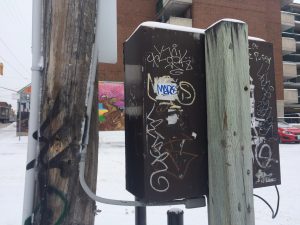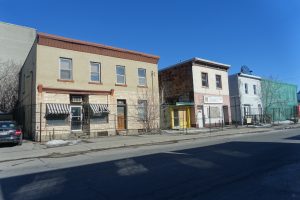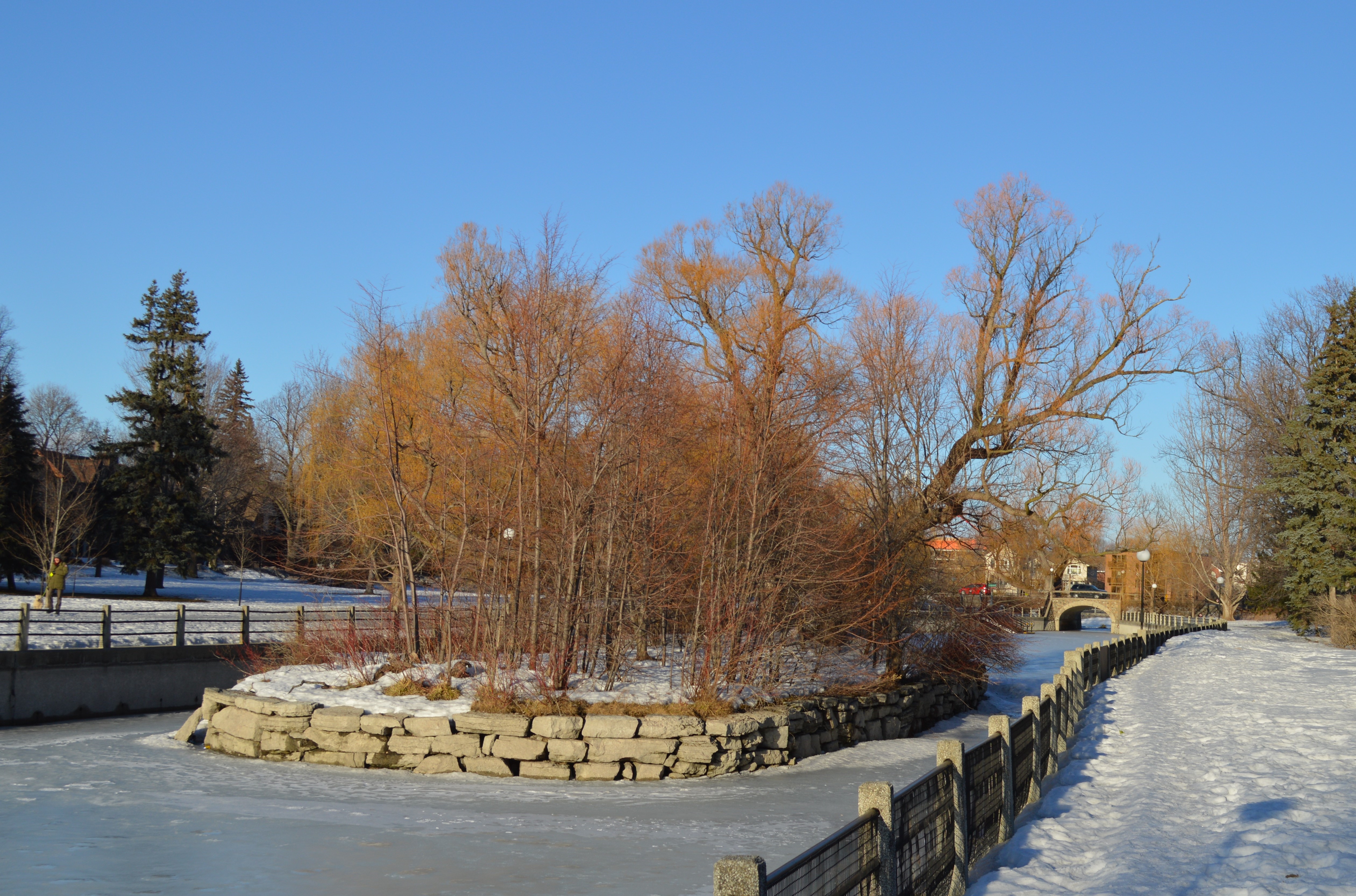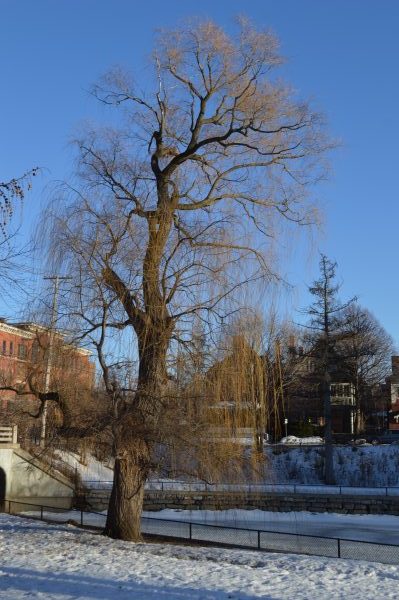The City of Ottawa has been working to improve its needle drop-off locations. With discarded needles being found in increasing amounts in suburban areas over the past several years the city has expanded the number of needle drop-boxes in these areas outside of the downtown core.
Yet despite the increase in drop-off points, the City of Ottawa does not yet have a universal coverage of needle drop-off boxes around the city. Several wards do not have easy means of discarding found needles.
According to analysis of data released by the city, Ottawa does not have needle drop-off boxes in the wards of Gloucester-South Nepean, Cumberland, Innes, Kanata North, and West Carleton-March. Of these wards, Gloucester-South Nepean and Cumberland both had needles found within them this year.
Meanwhile, the wards of Beacon Hill-Cyrville, Kitchissippi, Orleans, Osgoode and Rideau-Goulbourn have drop-boxes but had no discarded needles reported in 2016.
MAP OF NEEDLE DROP BOXES AROUND THE CITY OF OTTAWA
According to Daniel Osterer, a spokesperson with the City of Ottawa, “safe sharps disposal is necessary in all geographic areas and is not limited to certain parts of the City.” Continuing, Osterer said, via email, that drop-boxes are placed in locations that “prioritize public safety and are convenient for people looking to dispose of their sharps.” At time of printing Osterer did not respond to a question about why all wards did not have drop-boxes. The Ottawa Police refused to comment.
“In general, [the city] has done a good job of making sure their discarded needles are removed as safely and quickly as possible off the streets,” says Eugene Williams of the Somerset West Community Health Centre.
The needles are picked up by residents and by city workers after Ottawa 311 has been informed of the location. These “Needle Hunters” are people who proactively search for discarded needles and other drug paraphernalia across the city. Formed in 1998, the Needle Hunters Program is a central component of the city’s response to discarded needles, as well as other drug-related items.
According to analysis of the data, most wards have a drop-off location per capita figure that is very close to the number of needles found per capita. This means that the city has accurately placed its needle drop-off boxes where they need to be. The exception to this finding has been the wards mentioned above that have no drop-boxes at all and the ward with the most needles found.
The ward with the most needles found remains the downtown borough of Rideau-Vanier, which had close to 60 needles found last year, which is more than four times greater than the ward with the next highest amount of discarded needle reports, Somerset. Rideau-Vanier has about three drop-off points for every thousand people in the ward.
Rideau-Vanier is known for being a rambunctious neighbourhood. The fact that it is the location of the most discarded needle reports is no surprise; with a large population, a downtown location and with several shelters, the ward is well known for being a rougher area. It has repeatedly had a higher number of needles found over the past couple of years, as well as a higher incidence of crime. It has been a focus of the city for several years to reduce crime in the area. The increased amount of drop-off boxes demonstrates those initiatives.
Should you find a needle, be very careful and please follow the instructions in the City’s pamphlet below to depose of the needle safely. 311 can also be called. A list of drop-off points can be found here. All needles should be handled with care by an adult and not put in the garbage, recycling, or flushed down the toilet.












